Can Pat Gelsinger get Intel back on track?
After more than a decade away, the chipmaker’s prodigal son has finally returned
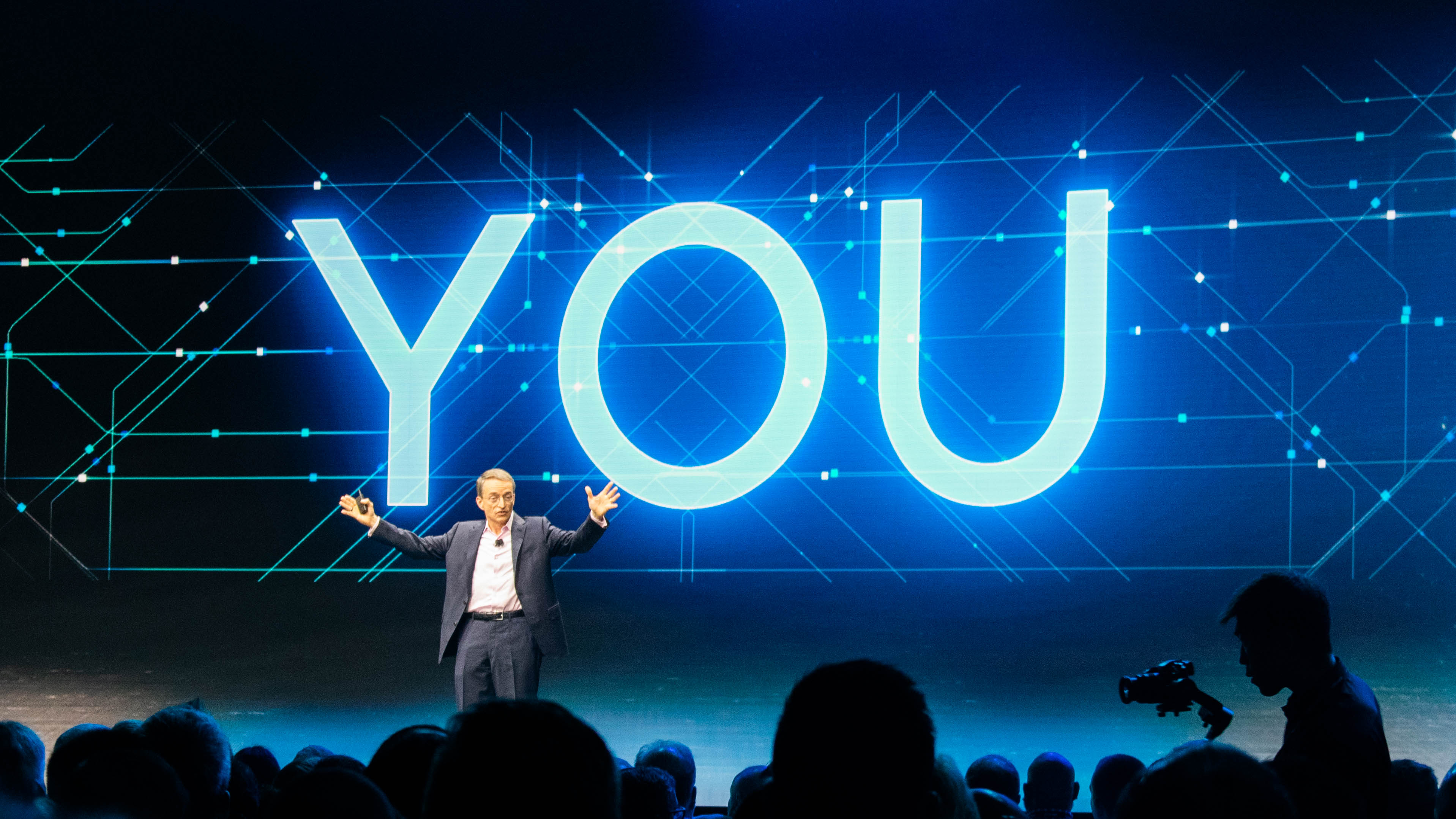

The last couple of years have been dark times for Intel. The erstwhile king of silicon has fallen from its lofty perch, dethroned not just as the most valuable US chipmaker – a position it ceded to Nvidia last year – but also as the leader in processor innovation.
For the last several years, each successive generation of Intel’s architecture has brought relatively minor performance upgrades of 10-15%, with few truly standout features to shout about. AMD, meanwhile, has reinvented itself as a powerhouse; its Threadripper, Ryzen and Epyc chips have completely upended the traditional price-performance equation and left their Intel counterparts looking sluggish and overpriced by comparison.
So what changed in the last decade or so that allowed AMD – once an also-ran trailing behind Intel’s technical expertise – to supplant it as the best chip engineer in the market? In a word, engineering. The turning point for AMD came when Dr Lisa Su was appointed as CEO in 2014. Her predecessor, Rory Read, was focused more on the business side of the company but Su – like every other AMD CEO except Read – was an engineer by training and she immediately set about putting the company’s focus back on R&D and engineering. The result was a dramatic uptick in the quality and performance of its products, and a matching uptick in revenue swiftly followed.
Intel, on the other hand, has been struggling to hit any meaningful engineering milestones for many years. In fact, it’s only in the last year or so that it’s been able to move from a 14nm manufacturing process (which debuted back in 2014) to a 10nm process, a move which was delayed by multiple years after repeated engineering setbacks. AMD, meanwhile, leapfrogged 10nm entirely, jumping straight to 7nm with products that were on the market years before Intel’s first 10nm chips saw the light of day.
This was a notable dropping of the ball for the company that had arguably kick-started the modern PC industry, but part of the reason Intel had come to dominate the market in the first place was its strong emphasis on engineering – and one of the people driving that focus was Pat Gelsinger. A 30-year Intel veteran, he also comes from an engineering background. He was the company’s first CTO, and oversaw many of the advancements that made Intel the juggernaut it is today.
Gelsinger, however, left the company in 2009. He went on to become EMC’s COO, assuming the role of VMware CEO in 2012 and in that time his leadership has seen VMware grow from a solid virtualisation provider to a huge enterprise software player covering cloud, hybrid, containers and more. The reason for this success is Gelsinger is an engineer at heart, and he ensures that product development is given the time, attention and resources that it requires.
Let’s contrast that with Intel which, since 2005, has been in the hands of businessmen rather than engineers. While Intel continues to employ a great deal of talented engineering staff, the top-level decisions are being made by people who are not themselves engineers – and the results can be plainly seen. The latest CEO is Bob Swann, formerly the company’s chief
Get the ITPro daily newsletter
Sign up today and you will receive a free copy of our Future Focus 2025 report - the leading guidance on AI, cybersecurity and other IT challenges as per 700+ senior executives
financial officer, who has just this week announced that he will be stepping down to allow Pat Gelsinger to return to the fold as head honcho.
Gelsinger was originally considered for the role back in 2012, after Paul Ottelini stepped down, but the job went to then-COO Brian Kryzanich. I can’t help but wonder what position Intel (and indeed the rest of the IT industry) would be in now if, instead of going to VMware and throwing his weight behind the looming cloud explosion, Gelsinger had landed that job and concentrated his efforts on on-premise processing power.
A more pertinent question, perhaps, is what Gelsinger is going to do now that he actually has the top spot. Is he going to drive a radical reinvention of the company in the same way Su did for AMD, and can he bring Intel back to its former glory? Whatever the answer, one thing is clear: Gelsinger has finally returned to his rightful place.
Adam Shepherd has been a technology journalist since 2015, covering everything from cloud storage and security, to smartphones and servers. Over the course of his career, he’s seen the spread of 5G, the growing ubiquity of wireless devices, and the start of the connected revolution. He’s also been to more trade shows and technology conferences than he cares to count.
Adam is an avid follower of the latest hardware innovations, and he is never happier than when tinkering with complex network configurations, or exploring a new Linux distro. He was also previously a co-host on the ITPro Podcast, where he was often found ranting about his love of strange gadgets, his disdain for Windows Mobile, and everything in between.
You can find Adam tweeting about enterprise technology (or more often bad jokes) @AdamShepherUK.
-
 Should AI PCs be part of your next hardware refresh?
Should AI PCs be part of your next hardware refresh?AI PCs are fast becoming a business staple and a surefire way to future-proof your business
By Bobby Hellard
-
 Westcon-Comstor and Vectra AI launch brace of new channel initiatives
Westcon-Comstor and Vectra AI launch brace of new channel initiativesNews Westcon-Comstor and Vectra AI have announced the launch of two new channel growth initiatives focused on the managed security service provider (MSSP) space and AWS Marketplace.
By Daniel Todd
-
 How simplicity benefits the IT partner ecosystem
How simplicity benefits the IT partner ecosystemSponsored Content Across private cloud and AI adoption, simple approaches can unlock more time and money for IT teams
By ITPro
-
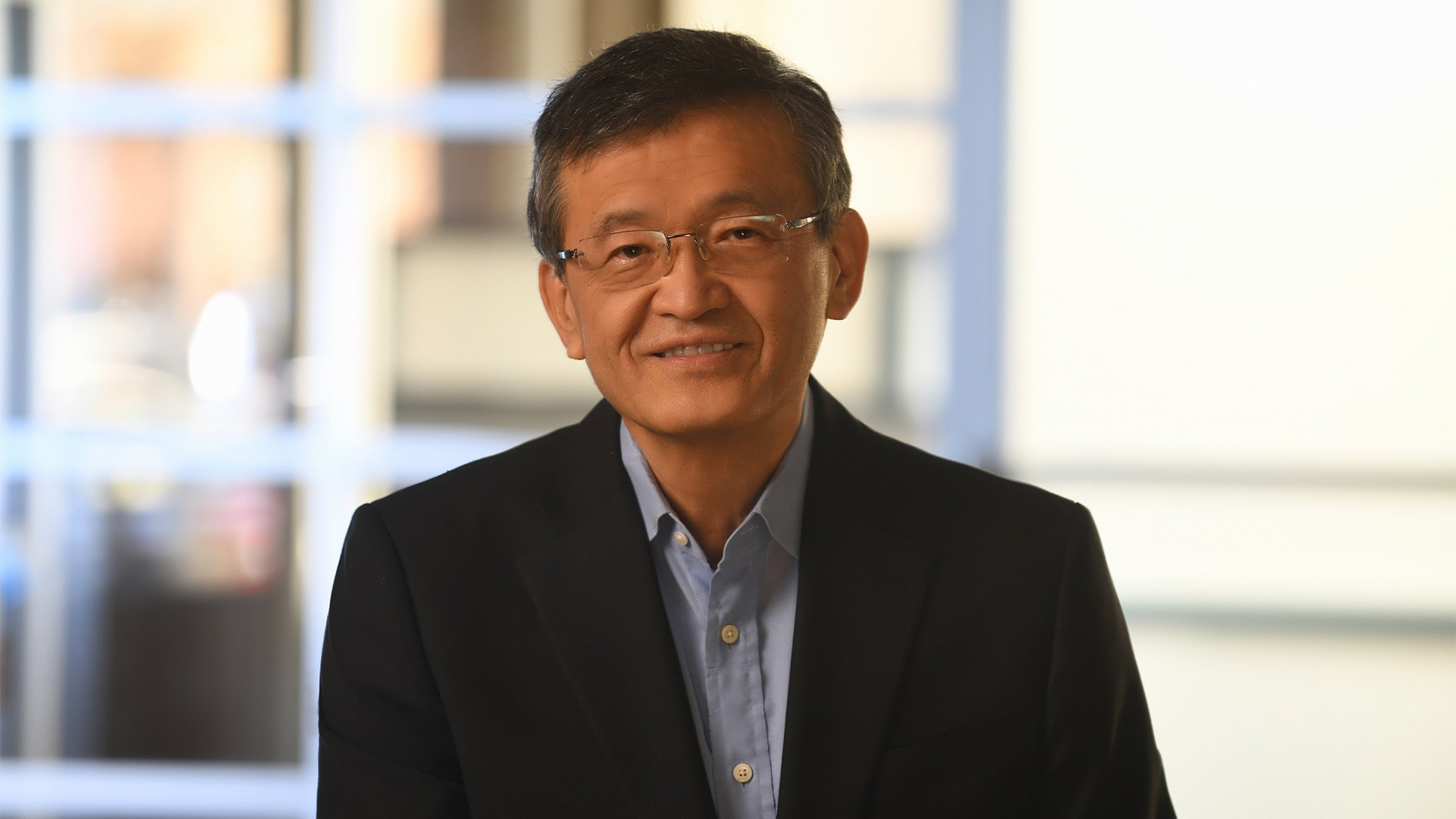 Everything you need to know about Lip-Bu Tan, Intel’s new CEO
Everything you need to know about Lip-Bu Tan, Intel’s new CEONews Intel has announced its next CEO in the wake of Pat Gelsinger's retirement, naming former board member Lip-Bu Tan as its new leader months after he quit.
By Nicole Kobie
-
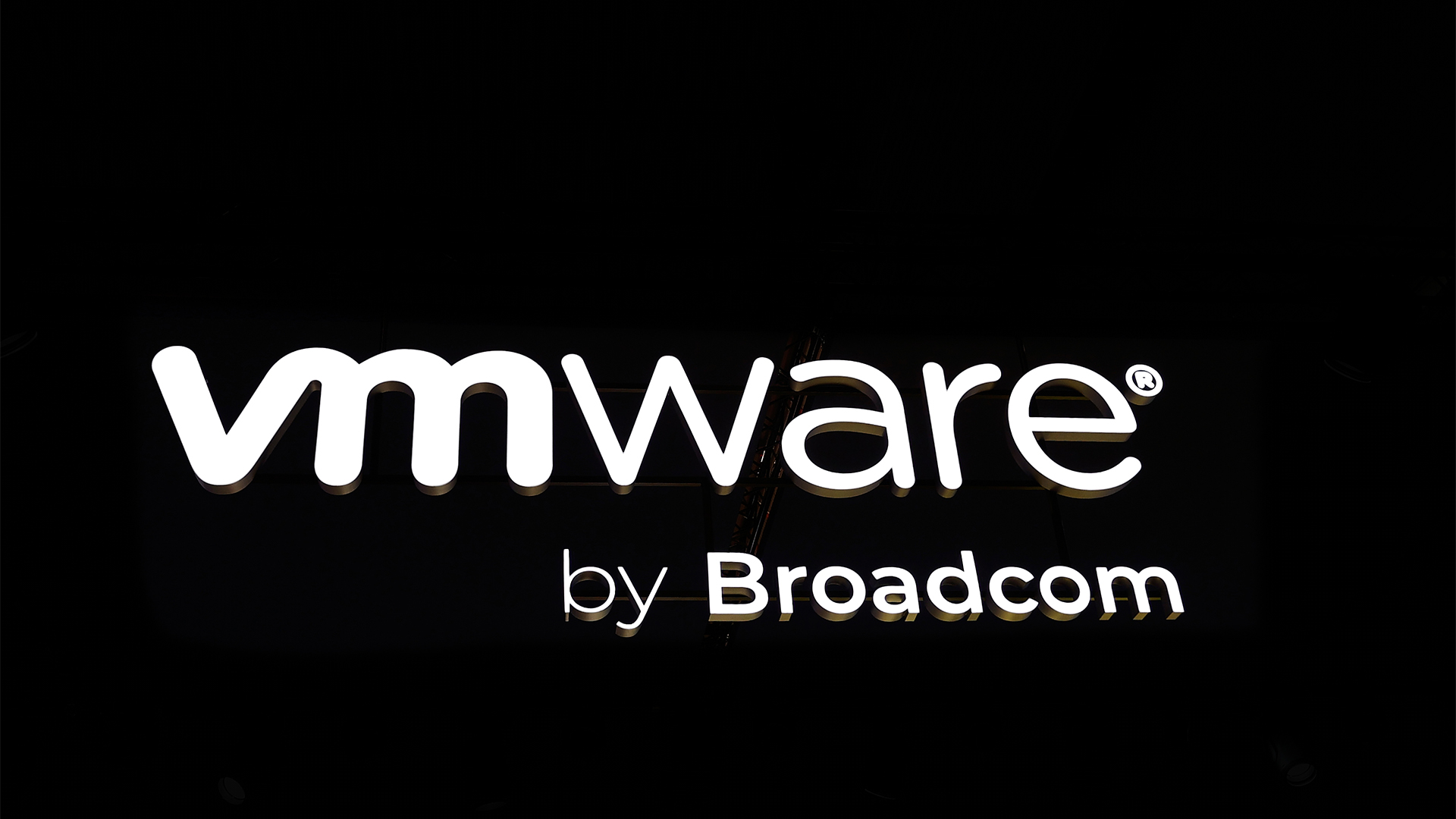 A focused shift to partner-delivered services generates new opportunities with Broadcom
A focused shift to partner-delivered services generates new opportunities with BroadcomSponsored Content Broadcom is investing in professional services — delivered through partners — for long-term customer success
By ITPro
-
 VCF: The key to cloud success now and in the future
VCF: The key to cloud success now and in the futureSponsored Content Private cloud offers the security and scalability that modern enterprises require
By ITPro
-
 Moving Broadcom VMware licenses to subscription-based models
Moving Broadcom VMware licenses to subscription-based modelsSponsored Content With a committed channel, Broadcom makes the journey to subscription-based VMware licenses as smooth as possible
By ITPro
-
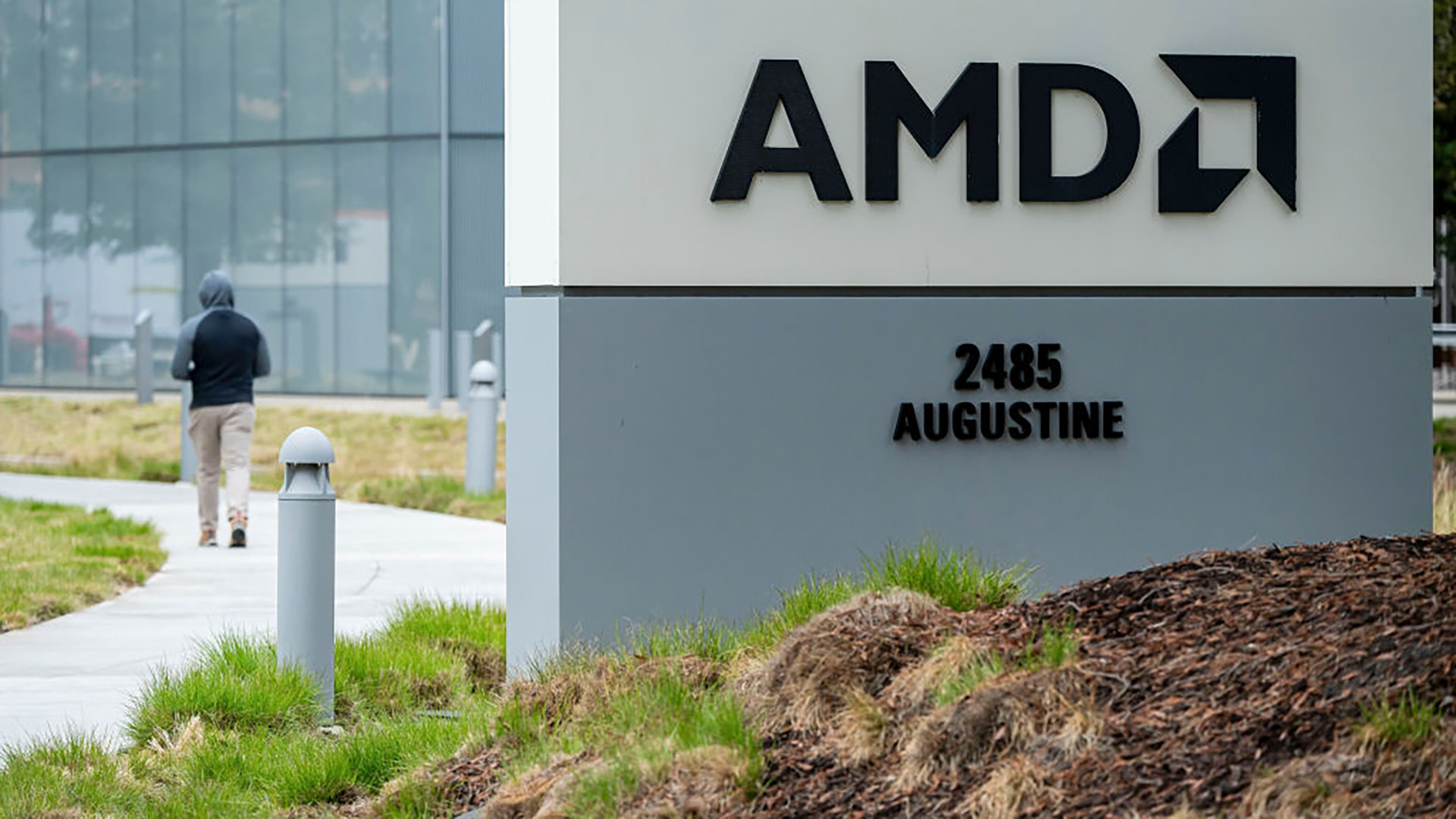 AMD names new VAR and SI commercial sales chief for EMEA
AMD names new VAR and SI commercial sales chief for EMEANews James Blackman is tasked with building a robust channel community in the region
By Daniel Todd
-
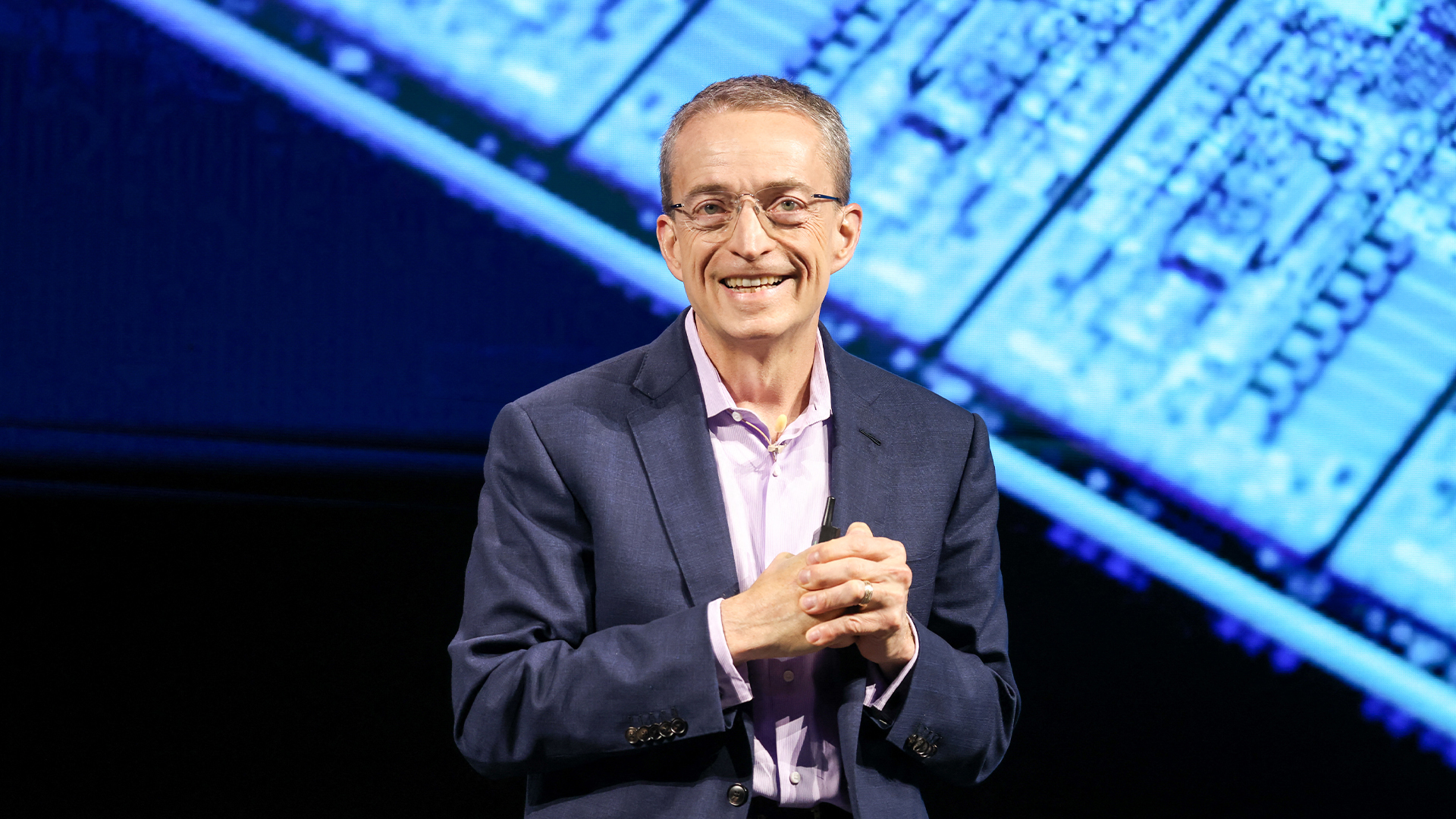 Intel CEO Pat Gelsinger announces retirement
Intel CEO Pat Gelsinger announces retirementNews Gelsinger’s departure comes amid a tumultuous period at Intel
By Ross Kelly
-
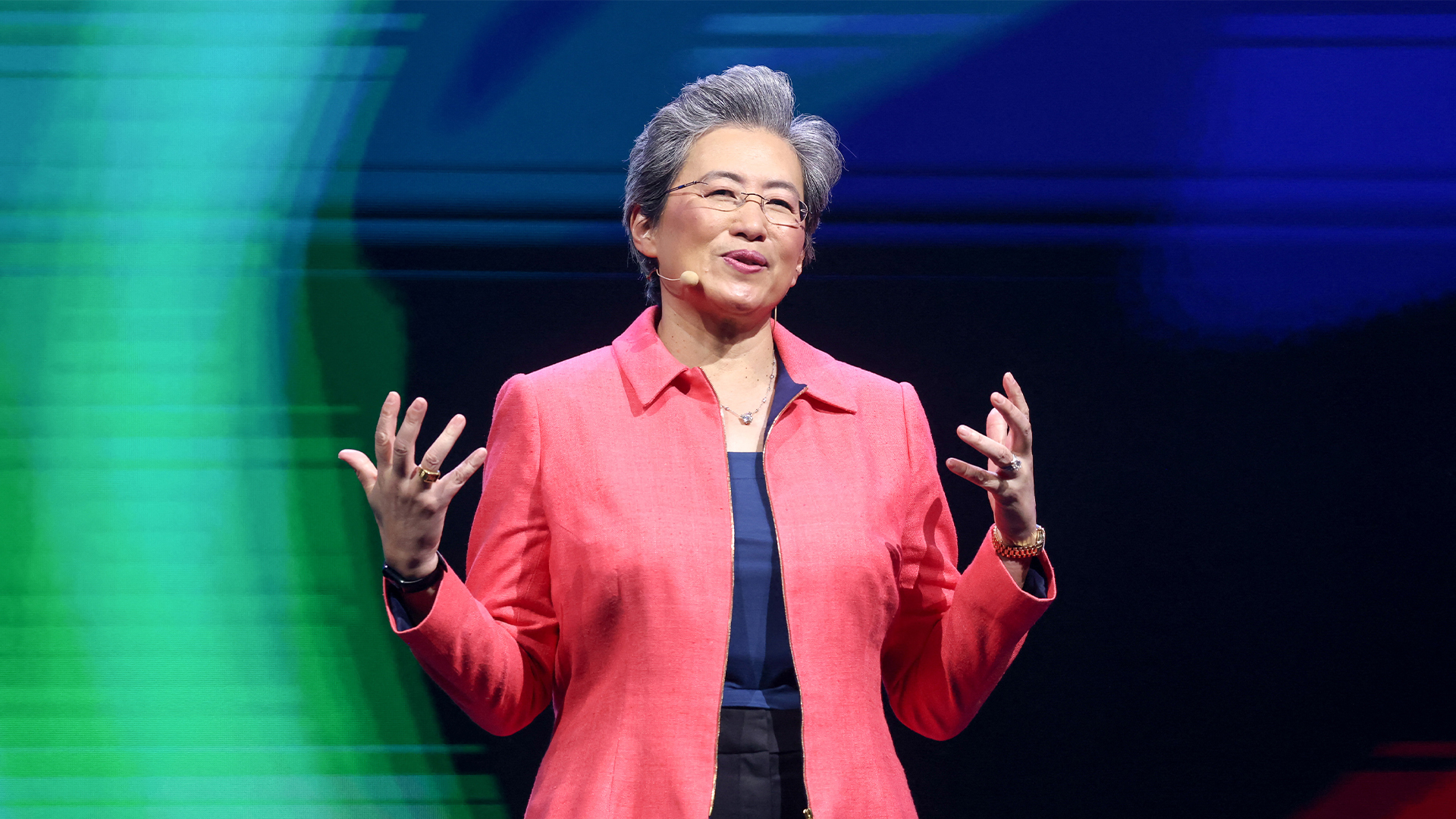 AMD to cut around 1,000 staff to focus on "growth opportunities"
AMD to cut around 1,000 staff to focus on "growth opportunities"News The AMD layoffs come after rival Intel cut staff on the back of flagging AI returns
By George Fitzmaurice